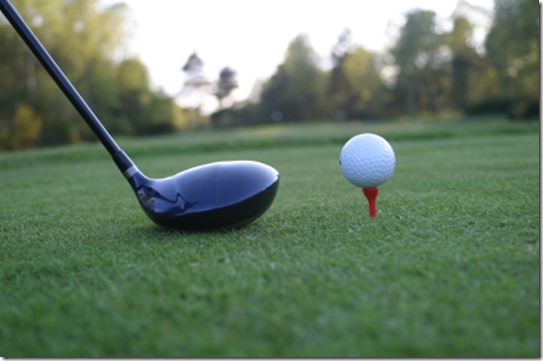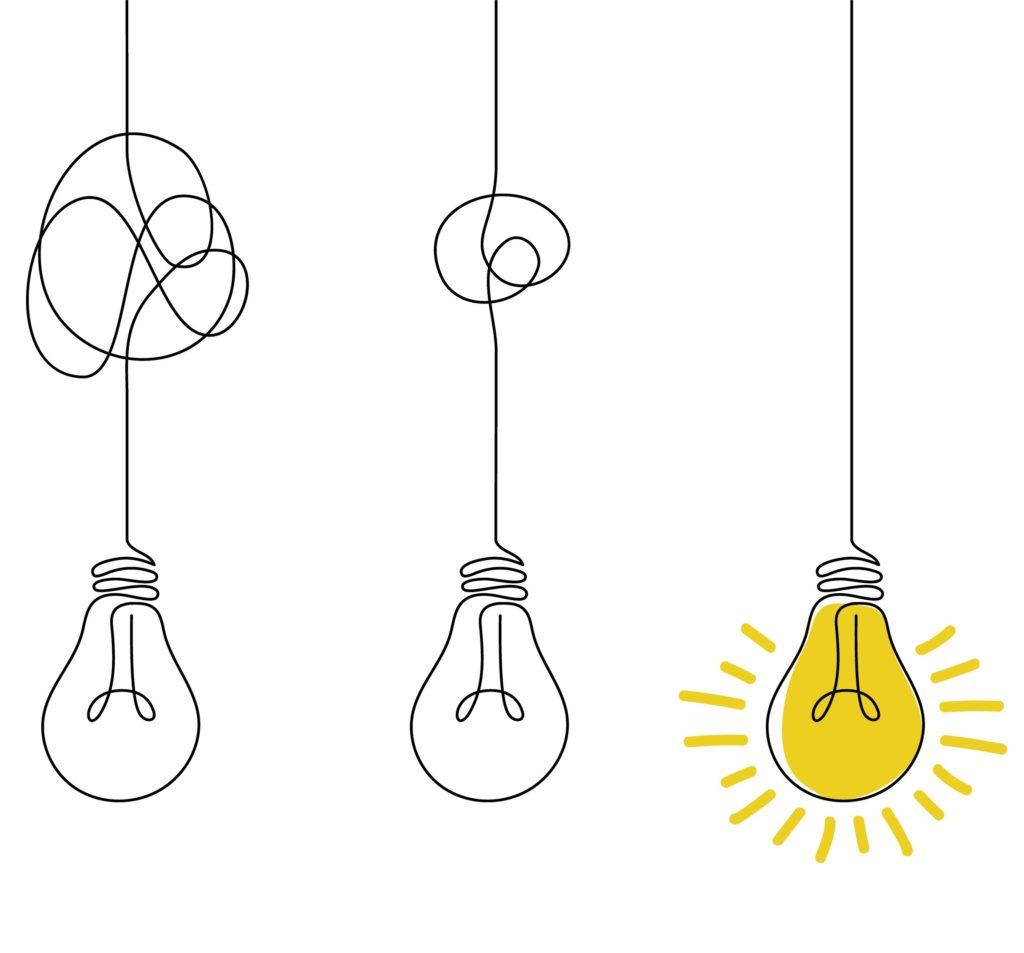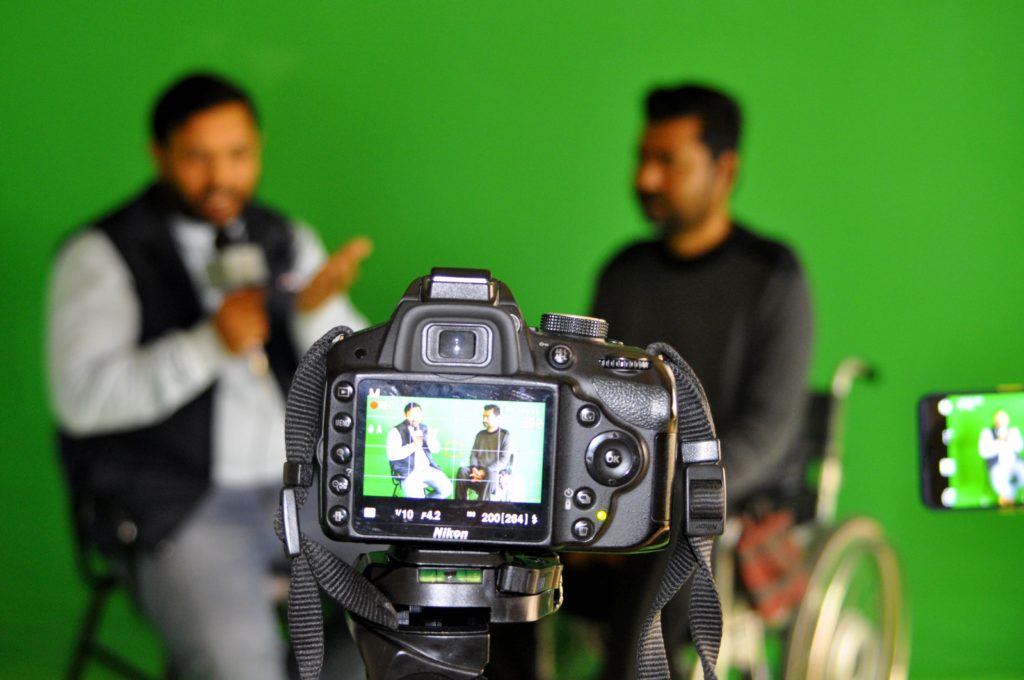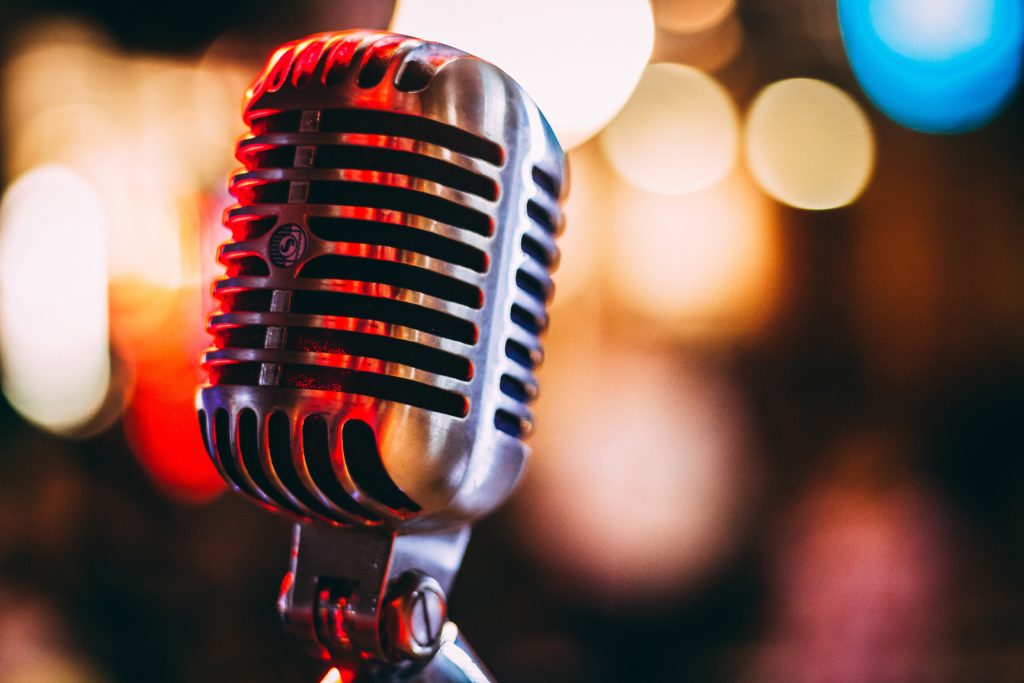Advanced Media Training Tip: Tee Up The Next Question
What if there was an almost foolproof way to ensure that reporters ask you the exact question you want them to ask
There is. Often times, you can “tee up” the next question a reporter will ask you simply by placing it right in front of them.
As an example, imagine that the question you’re asked is slightly off topic. You answer the question, followed by this phrase: “But that’s not even the most fascinating thing we’ve seen.” Any reporter worth his or her paycheck will immediately ask: “Oh? What is?”
Think of this technique as analogous to golf, where players “tee up” their next shot by placing the ball carefully onto a small stand (the “tee”) before striking it.

Other phrases that might help you tee up the next question include:
- “But that’s not even the most interesting discovery we’ve made.”
- “And I heard something more surprising than that along the way.”
- “That’s only the second most frequently asked question we hear from visitors.”
- “There’s an even greater risk to tourists that most people aren’t aware of.”
- “What most people don’t realize is that there’s a more effective way to treat this ailment.”
Now, go back to those five phrases and play the role of a journalist. What would the follow-up questions be? The answer is pretty obvious, right? Each of those phrases should elicit an obvious follow-up question.
When should you use these phrases? You can use them at any time, but I find them of particular use during a live radio or television interview. Let’s say you’ve been booked for a five-minute radio segment. You have limited time in which to make your key points. The host’s first few questions are a bit off topic, so you want to gently and subtly steer her back to the more important parts of the story. These “tee up” phrases help you do that—and allow the host to look good by asking you the “smart” question.

If you’re a regular reader of this blog, you may be wondering why you shouldn’t simply use those phrases to transition to your message instead of depending on the reporter to ask the follow-up question (e.g. “But that’s not even the most interesting discovery we’ve made. The most interesting discovery was when we found…”).
That approach is certainly sound and is usually preferable. But let’s say you feel like your answer has already gone on too long and you need to hand the ball back to the reporter. This is a perfect way to accomplish that — the host will be able to jump back in to ask the next question, but will probably ask you the one you want.
As usual, a little goes a long way here. Using this technique once or twice in an interview is probably sufficient. But it’s worth adding this technique to your media arsenal and deploying it when the reporter is just a little off in the questioning and you want to gently nudge them back to a relevant topic.
Come join us for one of our fun, fast-moving and content-rich media and presentation training workshops! Click here to see our upcoming sessions.


